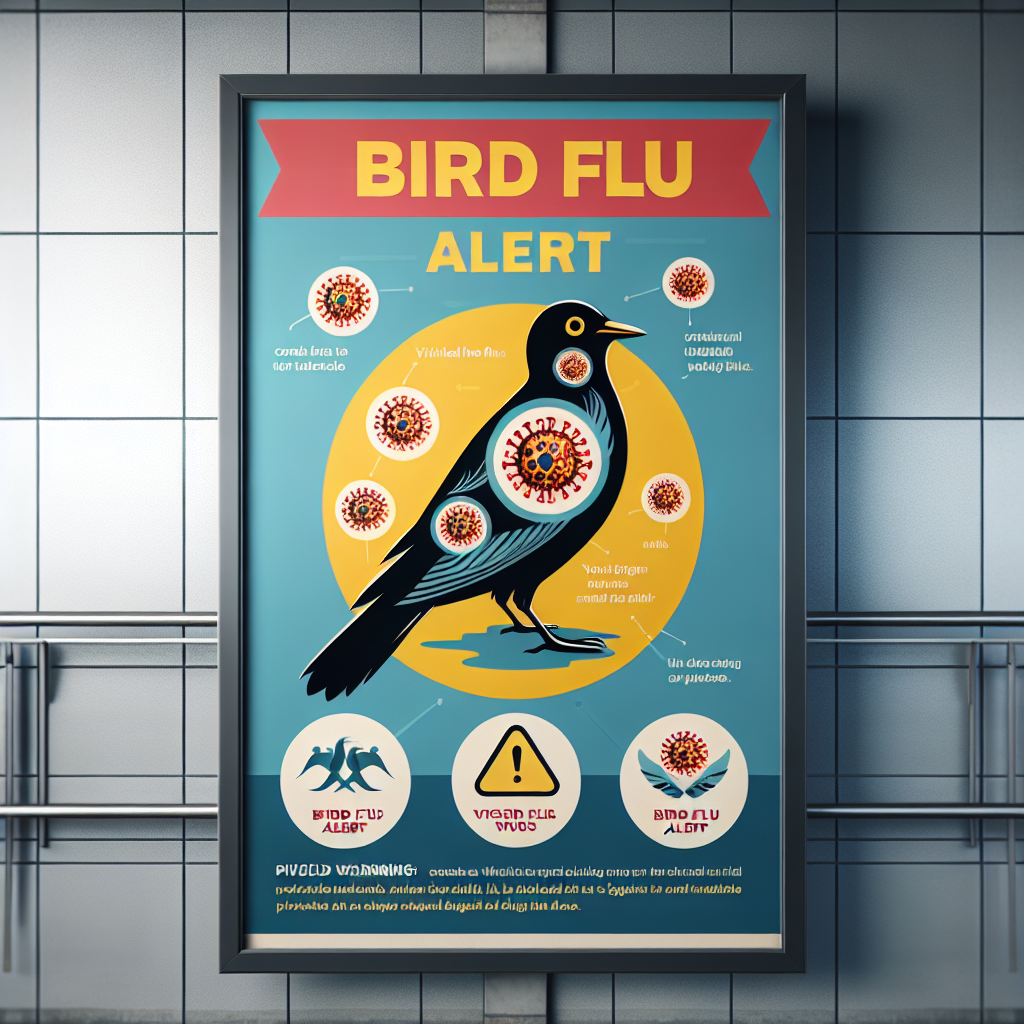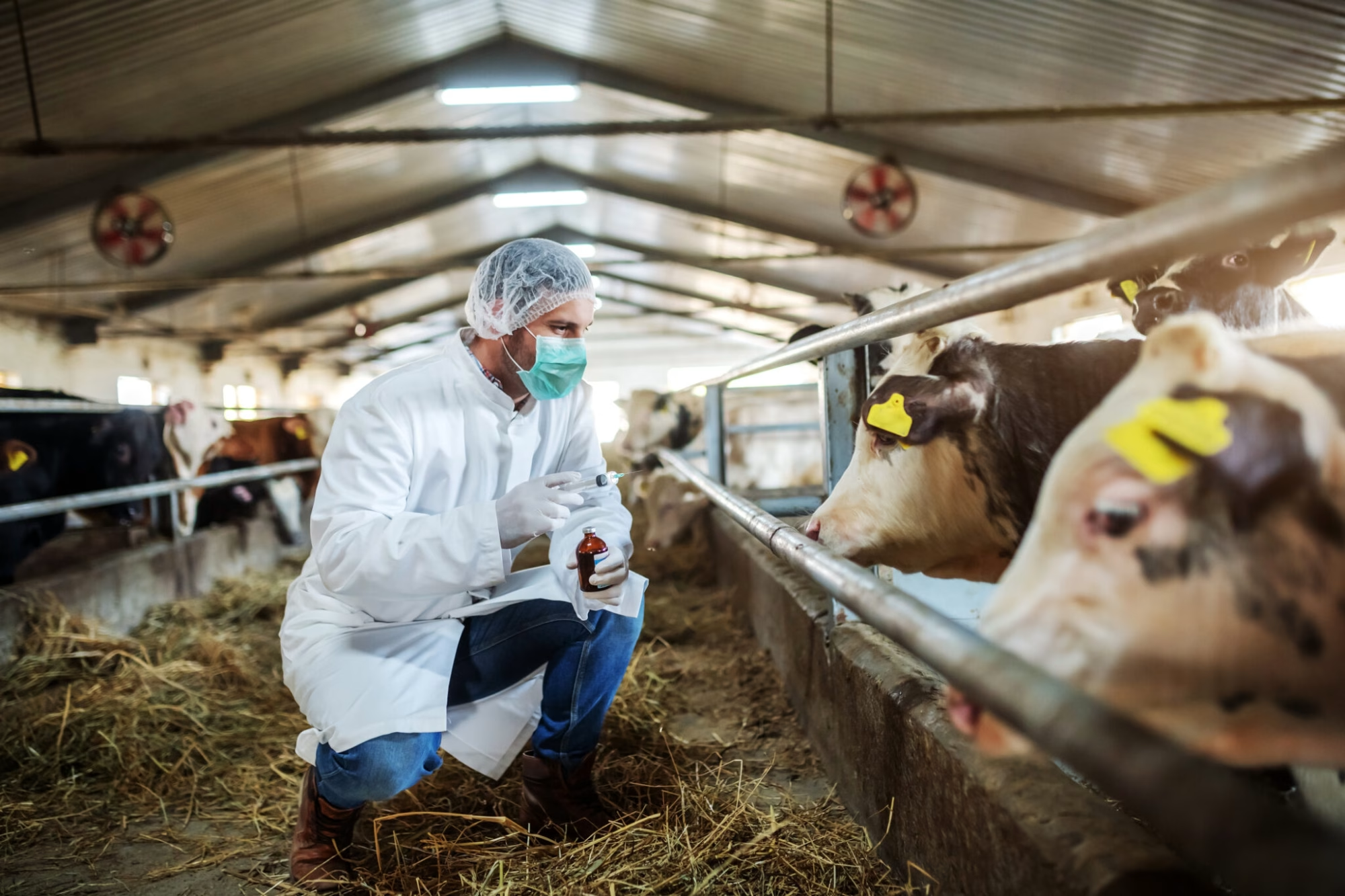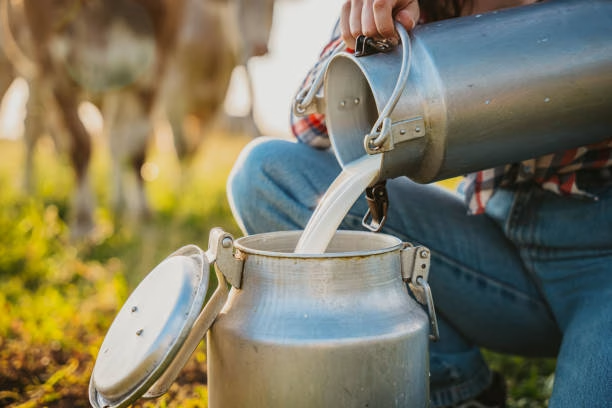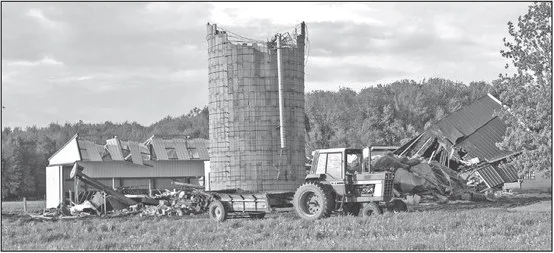Is your dairy herd safe? Learn about ergot poisoning and how to protect your cattle from this hidden danger. Keep reading to safeguard your farm.
Summary: Ergot poisoning poses a significant threat to dairy farmers, causing milk production to decrease by up to 50% and leading to mortality rates in cattle affected by severe poisoning. Ergot, a fungus that develops on certain grasses and cereals, including rye, can cause serious health problems for dairy cattle. Ergot has been a significant concern in agriculture since the Middle Ages, and recent outbreaks serve as a reminder to practice diligent feed control. To safeguard your herd, understanding the hazards and identifying symptoms early on is crucial. Regular inspections of fields and storage areas, taking proactive steps to avoid contamination, such as rotating crops, keeping storage areas dry and well-ventilated, and conducting regular feed tests, can significantly reduce the risk of ergot poisoning. Research shows that around 10% of dairy cow herds in the United States have been found to exhibit signs of ergot poisoning, with some areas reporting a prevalence rate as high as 20%.
- Identification: Learn to spot ergot in your fields before it enters the feed.
- Early Signs: Look for unexpected symptoms such as reduced milk production and lameness.
- Contamination Sources: Understand how ergot gets into your cattle feed.
- Impact on Dairy Production: Recognize the severe consequences of untreated ergot poisoning.
- Prevalence: Realize that ergot poisoning is more common than you think.
- Prevention Methods: Discover practical strategies to protect your herd from this silent killer.
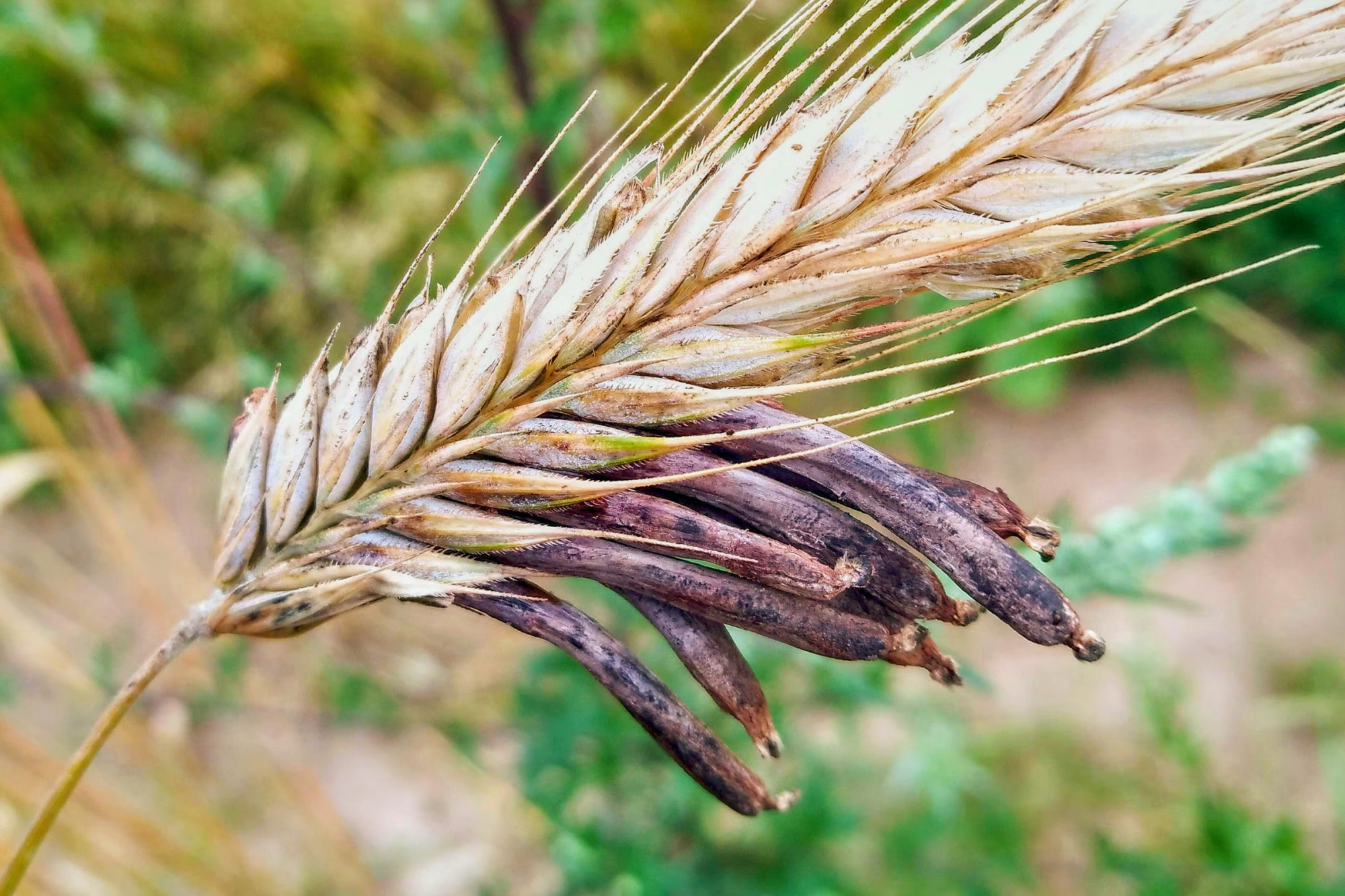
Imagine the financial blow of losing half your herd in a single night. As a dairy farmer, your cattle are more than just animals; they’re the backbone of your business. Each cow represents income, milk, and pride. But have you considered the potential dangers lurking in their pasture? How often do you check up on your herd’s health? Are you confident they’re free from hidden threats? Today, we’re diving into the severe issue of ergot poisoning. This unseen danger could be right under your calves’ hooves, risking their health.
Ergot poisoning can reduce milk production by up to 50%. Mortality rates in cattle affected by severe ergot poisoning can reach 10%. And the economic impact? Ergot contamination in pastures can lead to annual losses of up to $100,000 per farm. Let’s uncover this threat and protect your herd—and your livelihood.
First Things First, What Exactly Is Ergot?
First things first: what precisely is ergot? It is a fungus that develops on some grasses and cereals, including rye. While it may seem just another plant issue, this tiny intruder delivers a decisive blow.
Dairy cattle absorb ergot-contaminated feed, which contains harmful chemicals known as ergot alkaloids. These poisons have the potential to cause serious health problems. You may find that your cows are producing less milk, growing slower, and experiencing reproductive issues. This is not something to take lightly.
Ergot poisoning has long been a significant worry. In the Middle Ages, it induced a disease known as “St. Anthony’s fire” in humans, which resulted in agonizing symptoms and, in some cases, death. Even though we’re far beyond those days, ergot poisoning remains a serious concern in agriculture today. Outbreaks in recent decades have been a solid reminder to practice diligent feed control.
So, how do you safeguard your herd? Understanding the hazards and identifying symptoms early on is crucial. Monitor your feed supplies by regularly inspecting the fields and storage areas. Take proactive steps to avoid contamination, such as rotating crops, keeping storage areas dry and well-ventilated, and conducting regular feed tests. By being vigilant and proactive, you can significantly reduce the risk of ergot poisoning in your herd.
The Silent Signs of Ergot Poisoning You Can’t Ignore
- Reduced Milk Production: One of the first signs is a drop in your herd’s milk yield.
- Lameness: Keep an eye out for any unusual walking patterns or difficulty moving.
- Behavioral Changes: Agitation, restlessness, or unusual behavior can be red flags.
- Circulatory Issues: Symptoms like cold extremities or swollen limbs can indicate poor blood flow.
- Gangrene: In severe cases, extremities like tails and ears might show signs of gangrene.
- Digestive Problems: Reduced appetite, diarrhea, or other gastrointestinal issues.
- Respiratory Distress: Difficulty breathing or labored breathing could be symptoms.
So, How Does Ergot Sneak Into Your Cattle Feed?
So how can ergot get into your cow feed? It all begins on the field. Ergot is a fungus that mainly affects grains and grasses. The fungus replaces the grains with intricate, black structures termed sclerotia, which are subsequently incorporated into the collected feed. Rye, wheat, and barley are especially sensitive. However, ergot may also attach to grasses such as fescue and brome.
This fungus invader’s affinity for precise climatic conditions makes it very difficult to control. Ergot thrives in relaxed, moist conditions. A wet spring followed by a chilly summer produces ideal conditions for ergot development. USDA research found up to 20% of cereal grains may become infected with ergot under favorable climatic circumstances.
Isn’t that shocking? And it’s not just about losing some of your feed crops; there are also health dangers to your cattle. Ergot contamination may be prevalent, and without careful monitoring, these poisonous sclerotia might end up in silage or hay. Regular feed testing is required to guarantee that your cows are not unintentionally consuming this fungus pest.
Ergot Poisoning Isn’t Just an Invisible Threat; It Can Wreak Havoc on Your Dairy Production
Ergot poisoning is more than an unseen concern; it can devastate dairy productivity. Do you ever wonder why your milk production isn’t reaching expectations? Perhaps there’s a hidden culprit. Ergot poisoning can reduce milk production by up to 50%. Additionally, mortality rates in cattle affected by severe ergot poisoning can reach 10%.
Ergot reduces volume and lowers milk quality. It may cause milk to have less fat and protein. Non-compliance with quality requirements might reduce your product’s appeal to purchasers and result in fines from commercial milk processors.
The economic hit from ergot poisoning can’t be underestimated. A reduced milk supply means less revenue and poor milk quality could lead to losing contracts or needing pricey treatments. Typically, a dairy operation dealing with ergot contamination might see annual losses between $10,000 to $50,000, depending on the severity of the issue. These economic losses can sometimes climb to $100,000 per farm yearly. That’s a hefty sum, especially for small to mid-sized farmers already working on razor-thin margins. These financial hits can seriously impact the health of your farm’s finances, making prevention and control of ergot poisoning an essential part of your farm management strategy.
Ergot Poisoning: A More Common Issue Than You Might Think
Ergot poisoning is more prevalent than you would realize. Research discovered that around 10% of dairy cow herds in the United States exhibited indications of ergot poisoning (https://www.extension.umn.edu). Even more concerning, some areas have reported a prevalence rate as high as 20% (https://www.sciencedirect.com). These findings underline the need to be cautious against this quiet menace hiding in your livestock feed.
Prevention and Control: Your Best Defense Against Ergot Poisoning
Ergot must be prevented and controlled. So, what can you do about this? Your actions can make a significant difference in protecting your herd and your business.
First and foremost, check your fields frequently. Ergot grows in humid environments and on certain kinds of grasses and cereals. Be cautious, particularly during the rainy season.
Rotate your crops. This simple procedure may minimize the likelihood of ergot infection. Various crops aid in the breakdown of the fungus’ lifecycle.
Check your feed before it reaches your livestock. It is about what grows on your land and what you bring to the farm. Choose reliable vendors and carefully verify their credentials.
When it comes to storage, keeping your feed dry is essential. Ergot thrives in wet situations, so keep your storage spaces well-ventilated, dry, and clean. Inspect these locations regularly for the presence of mold or fungal development.
Chemical treatments and interventions are available to lessen the consequences if you suspect contamination. Activated charcoal, for example, may bind toxins in the stomach, reducing absorption. Always consult your veterinarian before beginning any therapy.
Taking these precautions protects not only your cattle from ergot toxicity but also your dairy output and bottom line. Why take the risk when prevention is so simple?
The Bottom Line
Ergot poisoning poses a subtle but severe hazard to your dairy animals. We’ve covered everything from understanding what ergot is to identifying the subtle indicators of poisoning, how it ends up in cow feed, and how it affects dairy output. Prevention and control tactics are your most powerful partners in this war.
Being proactive and alert may mean all the difference. Regularly monitor your feed, be educated, and respond quickly if you observe any signs in your herd. After all, your livelihood is contingent on the health and production of your cattle.
Have you examined your feed and cattle’s health today? It may be time for a deeper look.







